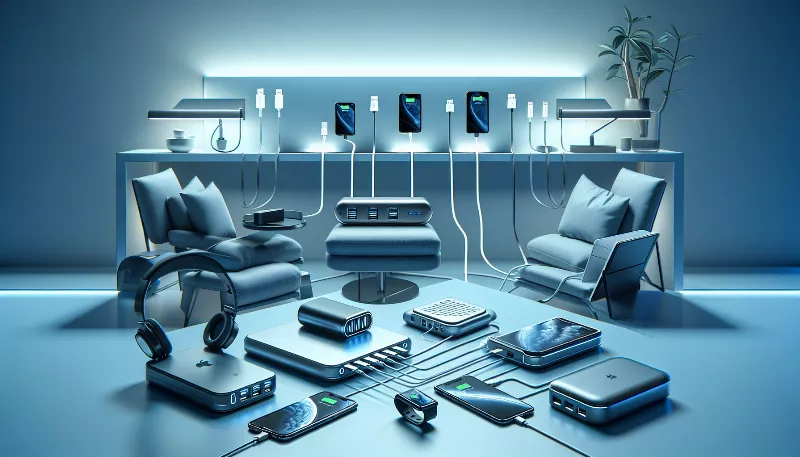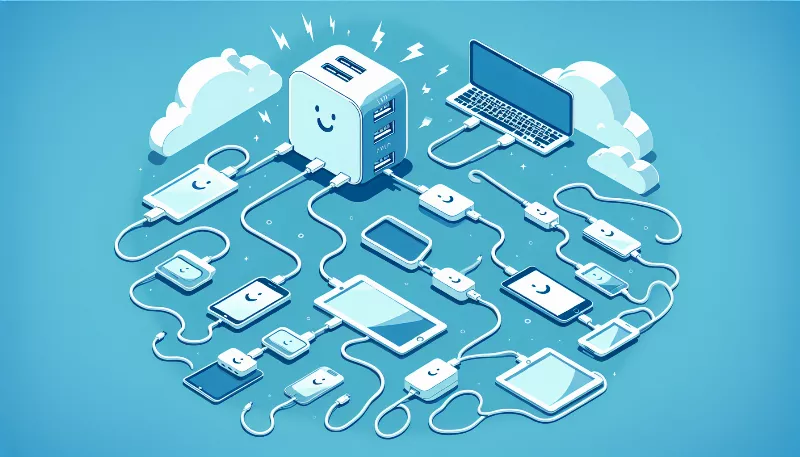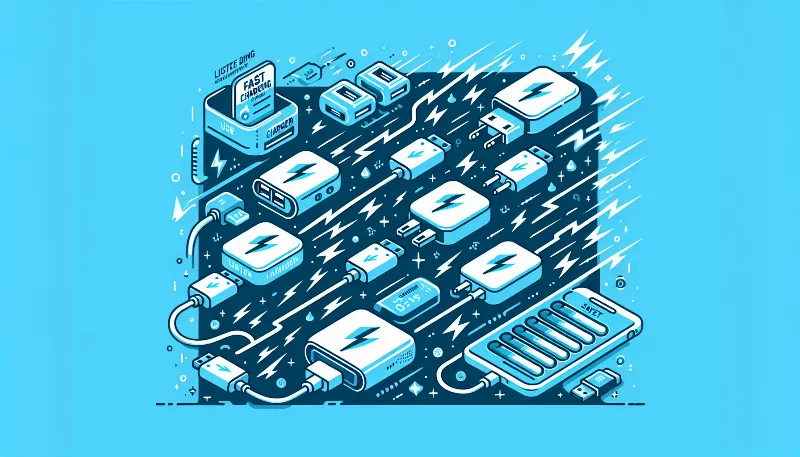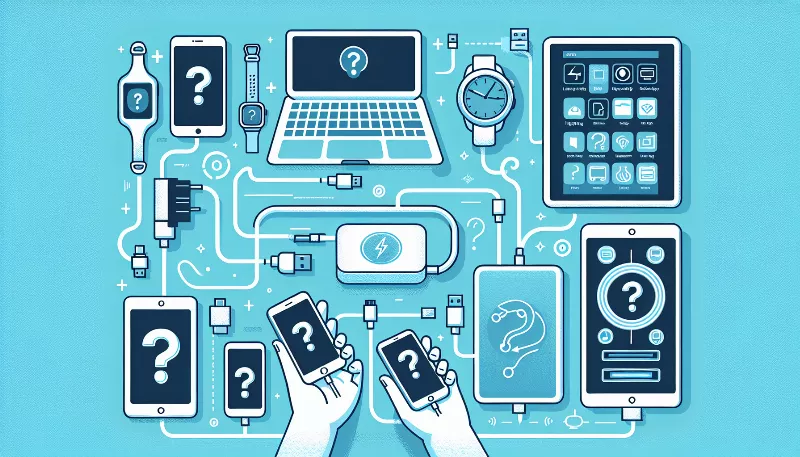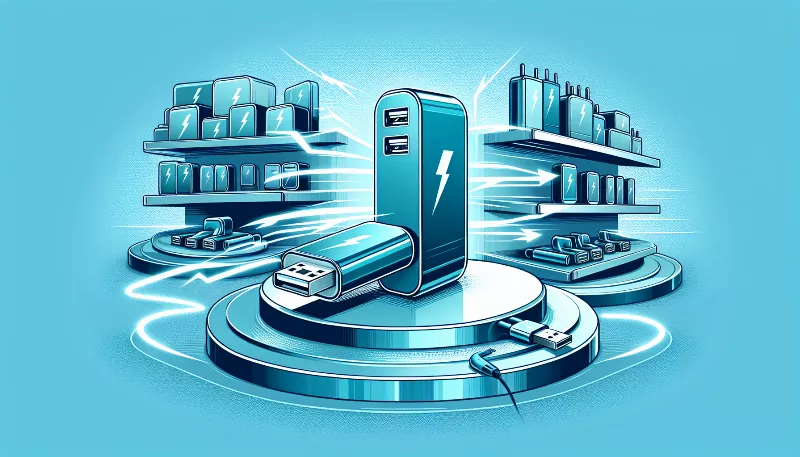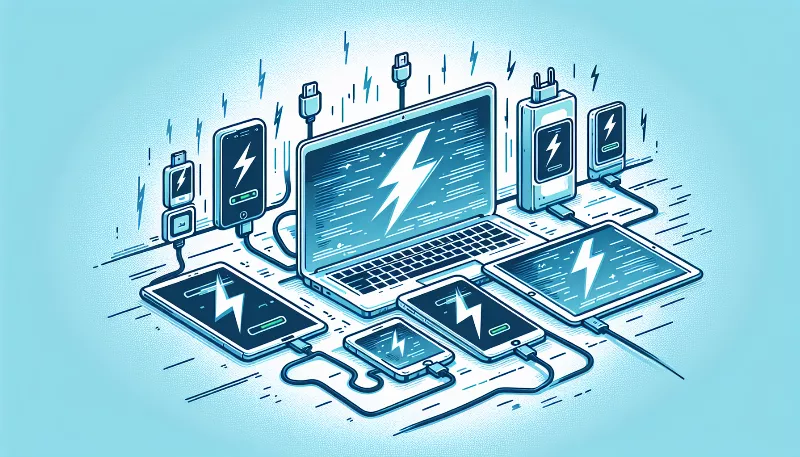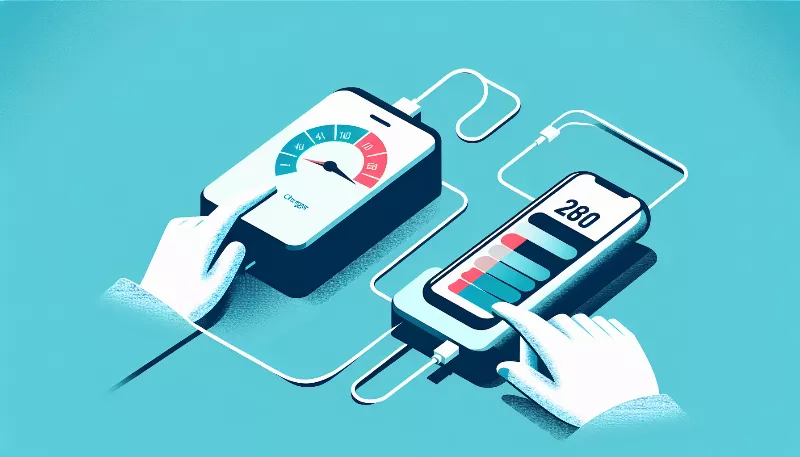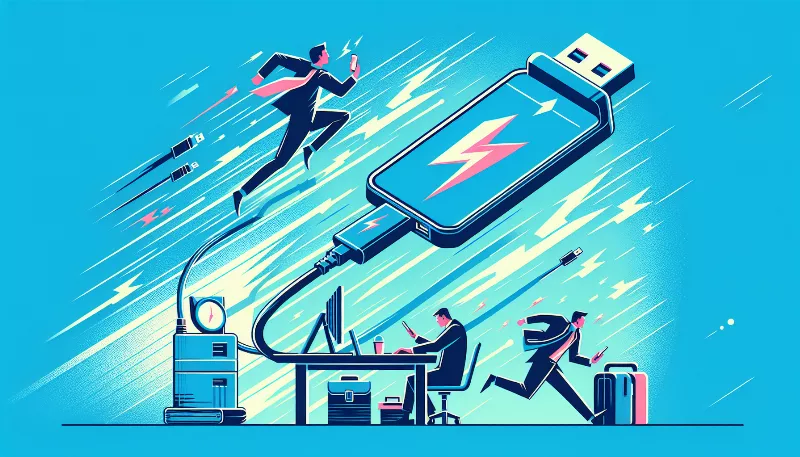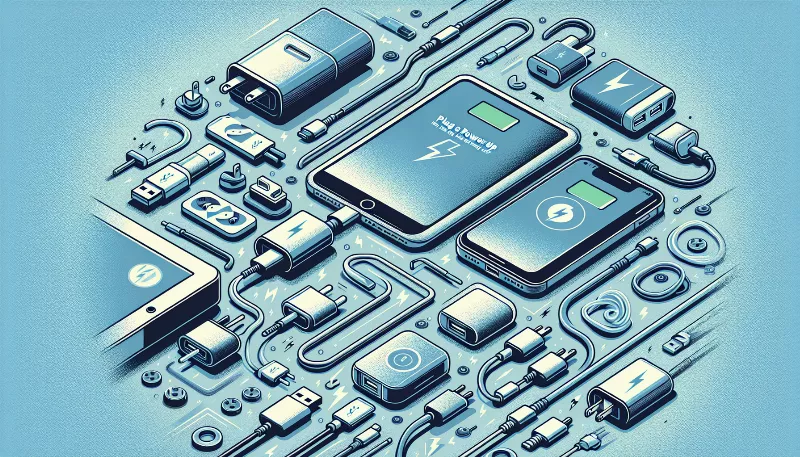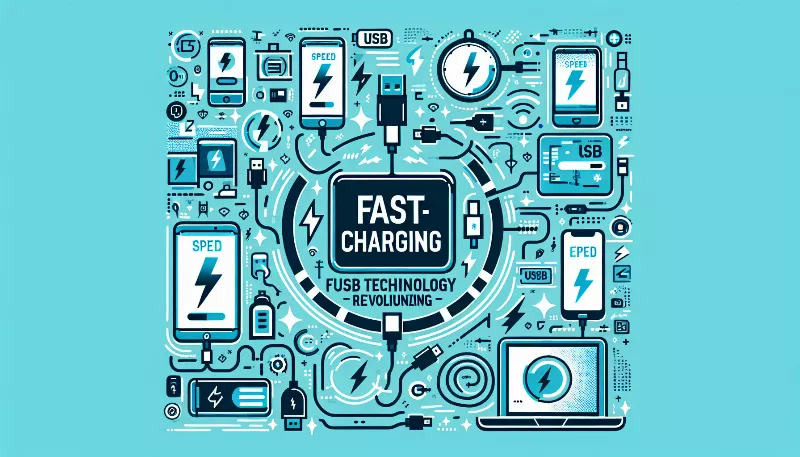What impact does the transition to USB-C have on the compatibility of older devices?
Explore how USB-C's rise affects your gadgets! Learn about compatibility solutions for older devices in our insightful guide. Stay connected & adaptable!
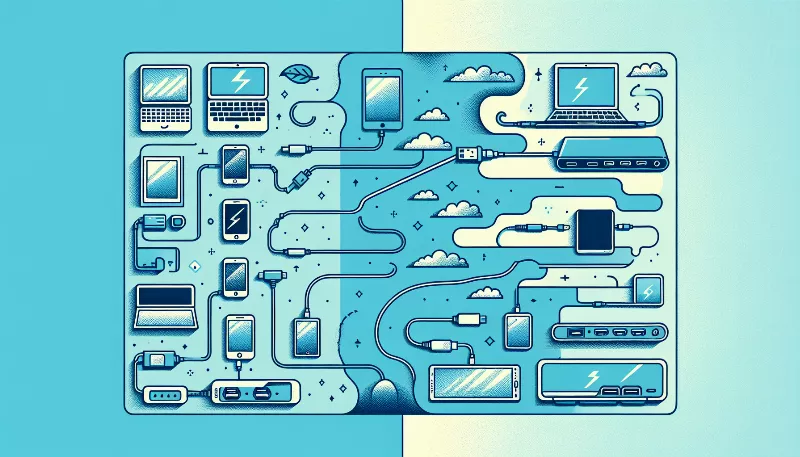
Introduction to the World of USB-C
Imagine a world where one cable fits all your devices, from your smartphone to your laptop, and even your gaming console. That's the promise of USB-C, the latest and most versatile player in the Universal Serial Bus (USB) family. As we enthusiastically embrace this new technology, it's important to consider how the transition to USB-C affects the compatibility with our beloved older devices.
The Dawn of a New Connector
USB-C, also known as USB Type-C, is not just another connector; it's a revolution in connectivity. With its reversible design, high-speed data transfer, and ability to deliver power alongside data, it's no wonder that USB-C is becoming the go-to for new electronics. But what does this mean for the gadgets that have been with us through thick and thin, sporting their trusty USB-A, micro-USB, or even proprietary ports?
Compatibility Challenges for Legacy Devices
As we transition to USB-C, older devices face a compatibility conundrum. Without native USB-C ports, these gadgets require adapters or dongles to connect to newer peripherals or to charge using modern USB-C chargers. This can lead to a tangle of cables and connectors, cluttering our workspaces and complicating our tech lives. Moreover, the performance of older devices may not be fully optimized when using adapters, potentially leading to slower data transfer rates and less efficient charging.
Adapters and Hubs to the Rescue
Fear not, for the tech industry has anticipated this challenge! A plethora of adapters and hubs are available to bridge the gap between old and new. These handy devices allow you to connect your USB-C-equipped laptop to older USB-A peripherals, HDMI displays, Ethernet cables, and more. While it's an additional expense, investing in quality adapters ensures that your older devices can still play a role in your cutting-edge setup.
The Silver Lining for Older Devices
Despite the initial inconvenience, the transition to USB-C offers a silver lining for older devices. With the right adapter, you can actually benefit from some of the advancements brought by USB-C. For instance, certain adapters can enable faster charging for older smartphones, or connect them to USB-C-only accessories. It's a way to breathe new life into devices that might otherwise be left behind.
Looking Ahead: The Gradual Shift to USB-C
As the tech world gradually shifts towards USB-C, we'll see fewer devices requiring adapters. Over time, older devices will naturally be replaced with newer models featuring native USB-C ports. This evolution will streamline our tech ecosystems, making connectivity a breeze. Until then, we can rely on adapters to maintain the functionality of our older devices while we transition to a more unified and powerful standard.
Conclusion: Embrace the Change with Open Arms
The move to USB-C is a significant step forward in the quest for universal connectivity. While it poses challenges for older devices, it also presents opportunities to enhance their functionality. By embracing adapters and staying informed about the capabilities of USB-C, we can ensure a smooth transition and continue to enjoy our tech from the past as we welcome the innovations of the future.

